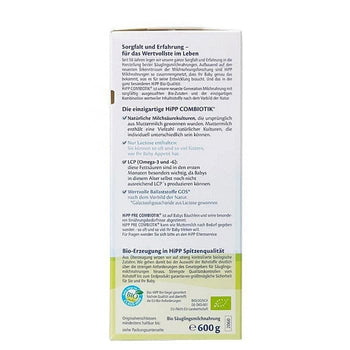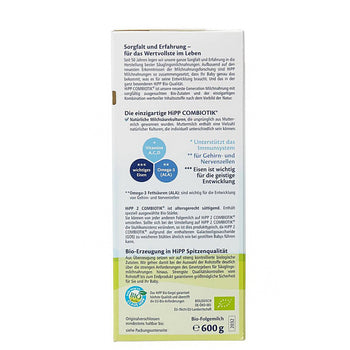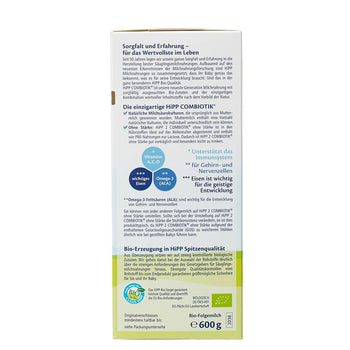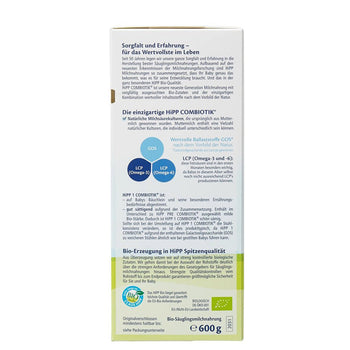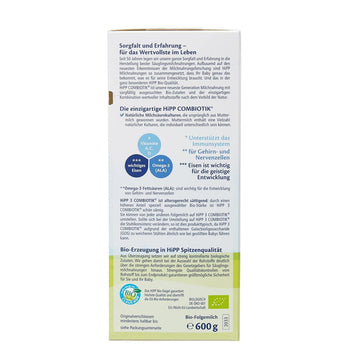As a parent, you may have heard about Hand, Foot, and Mouth Disease (HFMD) and wondered why babies and young children seem to be particularly susceptible to it. This common viral illness primarily affects infants and children under five years old, causing discomfort and concern for many parents. In this blog post, we’ll explore why this disease occurs, how it spreads, and what you can do to protect your little ones.
Understanding Hand, Foot, and Mouth Disease
Hand, Foot, and Mouth Disease is caused by a group of viruses known as enteroviruses, with the coxsackievirus being the most common culprit. HFMD is highly contagious, spreading rapidly in environments where children are in close contact, such as daycare centers, playgrounds, and schools.
Why Are Babies More Vulnerable?
There are several reasons why babies and young children are more prone to contracting HFMD:
-
Developing Immune Systems: Infants and young children have immature immune systems that are still learning to fight off infections. This makes them more susceptible to various viruses, including those causing HFMD.
-
Close Proximity: Babies and toddlers often play together, share toys, and may not have developed strong hygiene habits yet. This close proximity and interaction make it easy for the virus to spread through respiratory droplets, saliva, fluid from blisters, or even stool from an infected child.
-
Oral Exploration: Young children tend to explore their world by putting their hands, toys, and other objects into their mouths. This behavior significantly increases their chances of ingesting viruses that cause HFMD.
-
Crowded Settings: Daycare centers, playgrounds, and other places where many children gather create ideal conditions for the virus to spread. The virus can survive on surfaces and objects, making it easy to infect multiple children quickly.
Recognizing the Symptoms
HFMD usually begins with a fever, sore throat, reduced appetite, and a general feeling of being unwell. A day or two after the fever starts, painful sores can develop in the mouth, and a skin rash may appear on the hands, feet, buttocks, and sometimes the legs.
Preventing Hand, Foot, and Mouth Disease
While it can be challenging to prevent HFMD entirely, there are steps you can take to reduce the risk:
- Practice Good Hygiene: Teach your children to wash their hands thoroughly and frequently, especially after using the bathroom and before eating.
- Disinfect Surfaces: Regularly clean and disinfect surfaces and objects that your children frequently touch.
- Avoid Close Contact: Keep your children home from daycare or school if they show symptoms of HFMD to prevent spreading the virus to others.
- Monitor Symptoms: Be vigilant about symptoms and seek medical advice if your child shows signs of HFMD.
Final Thoughts
Hand, Foot, and Mouth Disease can be a stressful experience for both children and parents. However, understanding why it occurs and how it spreads can help you take steps to protect your little ones. By practicing good hygiene and being mindful of the environments where your children play and interact, you can reduce the risk of HFMD.
We hope you found this information helpful. If you have any questions or tips on dealing with HFMD, feel free to share them in the comments below. Stay safe and healthy!















